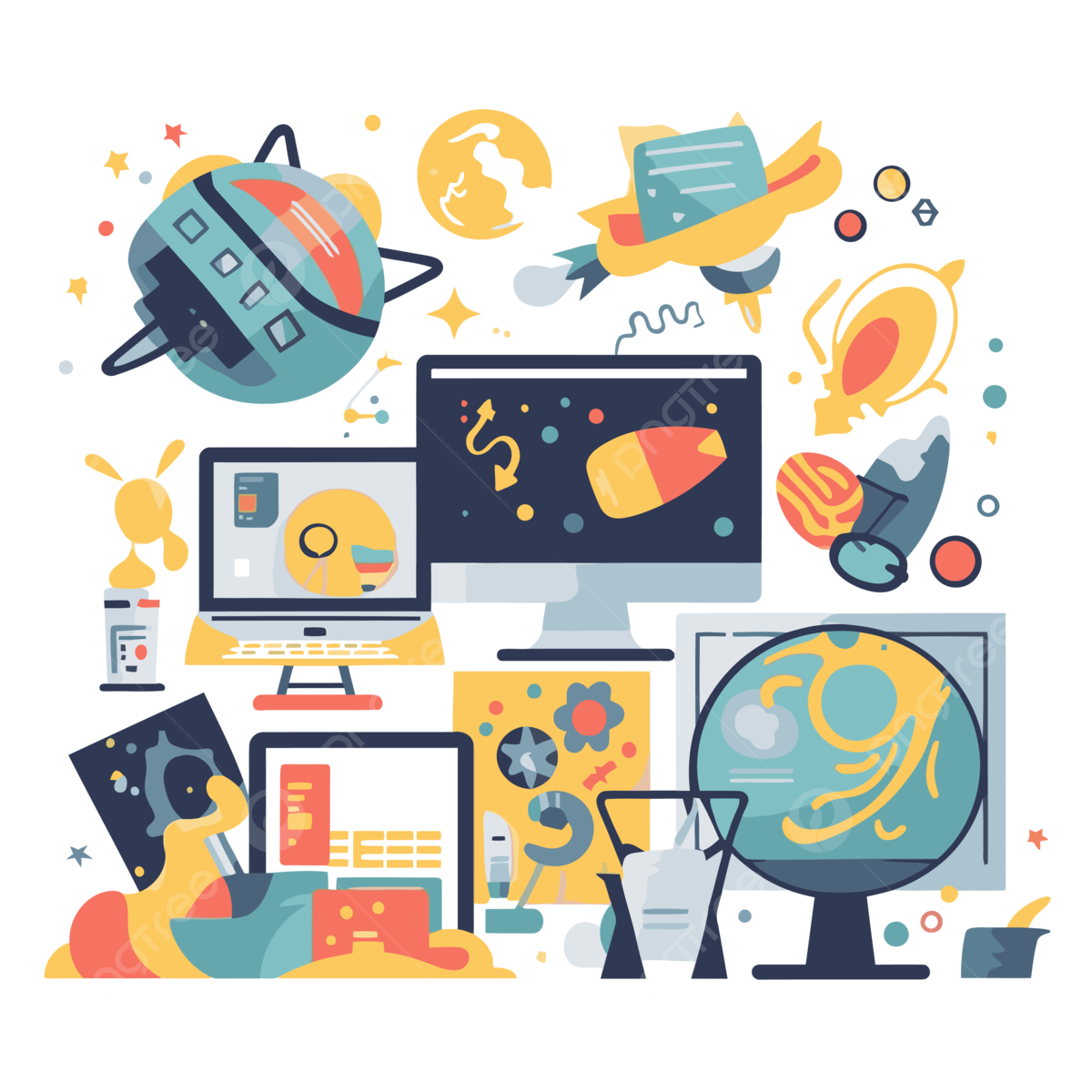UI Frameworks Unveiled: Enhancing Experiences
16 Feb 2024
Utilizing UI
User Interface Frameworks are not easy, especially to learn. While they are intended to work within the code you are programming, they almost feel as though you are coding in a completely different language. An accurate comparison for this could be trying to learn a distant dialect or subset of a spoken language you are familiar with. While the basis of the dialect is similar to the parent language, there are just enough differences where it feels like a completely different language. However, much like this spoken language scenario, there are useful benefits to adopting UI Frameworks. In my own personal experience, I have been working with the UI Framework Bootstrap 5. Initially, the inclusion of Bootstrap 5 was very confusing and foreign to me, and I struggled to grasp it. Yet similarly to the dialect scenario, the more you practice it, the better you will become. But this begs the question, why even bother using a UI Framework? How can it benefit you? Should you use UI Frameworks?
Favorable Forfeits
To put things simply, UI Frameworks work as aesthetic enhancers for websites. They allow for any site you are building to be neater, look more professional, and for the site to be easier to navigate. For example, Bootstrap 5 can turn your simple html site that looks like it should be twenty years old, into a new and modern looking site, allowing for more people to flock to and engage with your website. Once again though, there is a caveat. Learning to use any UI Framework requires a large investment of both time and sometimes to the extent of one’s sanity, though that may be a bit of exaggeration. It will require time and you may face frustration when trying to learn it. Knowing this, what does one get in return for this investment? Well, for one, you become more familiar with constructing websites and will often learn a lot of different techniques that can benefit you both personally and professionally. Many of the skills gained through the knowledge of UI Frameworks can lead to a better career, as many employers look for these skills across all types of fields. Another benefit of UI Frameworks is that you will be able to make your site look how you desire, rather than it being a bland page of text and a few images. In this way, the use of a UI Framework can turn a technical project into a work of art, which once again, is a skill that many employers desire.
Excluding Elementary
You’re saying to yourself, “Ok, I get it, but why don’t I just stick with what I know? Why can’t I just rely upon HTML and CSS?”. One of the downsides of sticking solely to HTML and CSS is that they have their limitations. There is only so much you can accomplish through these base languages, and these limitations are the reason as to why UI Frameworks exist. UI Frameworks work to build off of this simple HTML and CSS to make things more complex. With this complexity comes the ability to break through these boundaries that HTML and CSS have set. This allows for unlimited possibilities for whatever you can dream up or think of. You could create a webpage game, you can create a site for a business, you can make a fan page for the 2011 film “Rango”, you name it. UI Frameworks allow us to bring what our minds can conjure up into reality, and can allow us to share with others the creations of which we are proud of.

An Advantageous Approach
While we have been mainly talking about UI Frameworks in relation to web design, they also hold significance in other realms of software engineering, and thus hold their own specific benefits. For example, one of the areas in which software engineers work is the game industry. Many of these companies create their games through specifically tailored engines and software, which result in a unique experience that is quite difficult to replicate. All of these components come together to form the game which the player interacts with, and these components rely upon UI Frameworks to construct what you see as you are playing. If you have ever played any game, you will often notice that there are different things found on screen that are non-interactable, such as health bars, collectibles, ammo, etc. These visual and indicative features are referred to as the UI, the user interface. This interface is constructed using a UI Framework tailored for that engine or oftentimes that specific game. This UI Framework is created and constructed by these software engineers, and provides you with the experience you get from many of your favorite games. This is only one of the many examples in which UI Frameworks can play a role in software engineering, and while I do not have the time to discuss them all, what I wish for one to take away from this is the importance of UI Frameworks, its benefits, its applications, and why you should ultimately use these tools moving forward.